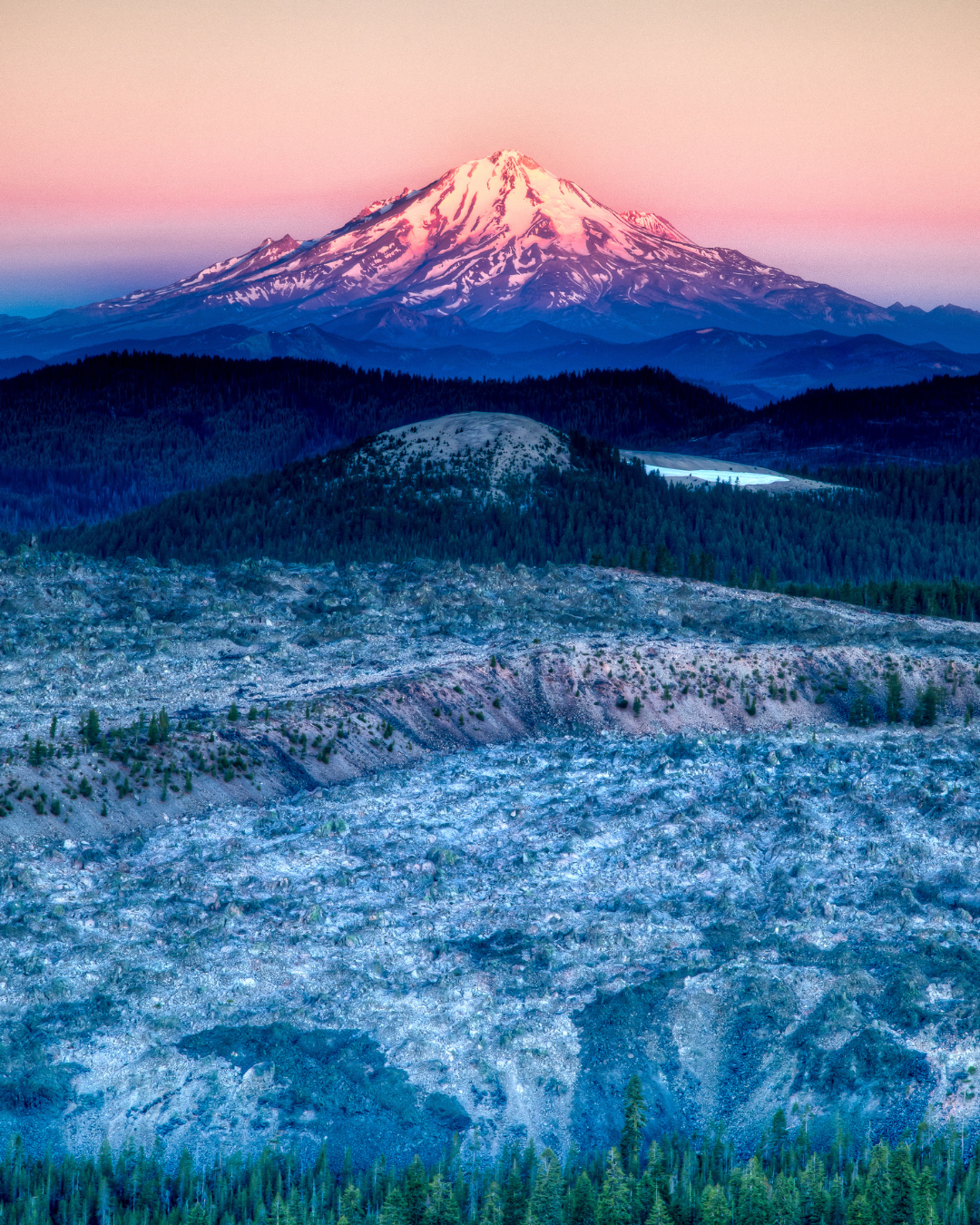Local Fishing Businesses Call on President Biden to Designate Sáttítla National Monument
Local fishing businesses joined together to announce their support for the creation of a new national monument in northern California to permanently protect the water, habitat, and sporting values of the Sáttítla region.
Sáttítla, also known as the Medicine Lake highlands, is an area of public lands with truly unique geologic, hydrologic, and habitat values. Much of this area’s productivity for fish and wildlife stems from the fact that the Sáttítla landscape is an enormous, largely pristine hydrological recharge and storage resource, which may absorb as much water as California’s 200 largest reservoirs combined and which discharges over 1.2 million acre-feet of snowmelt annually.
Andrew Harris, owner of Confluence Outfitters based out of Red Bluff, California, said, “The world-famous trout fishery of the Fall River depends on the waters absorbed and filtered by the Sáttítla landscape. This river is California’s largest spring creek and its abundant waters feed the Pit River, Lake Shasta, and the Sacramento River. Our guide service depends on these waters – each a unique fishery — to provide great local fly-fishing experiences for over a thousand anglers every year. The cold, pure water that originates in the Medicine Lake Highlands is essential to our business. We support permanently protecting this extraordinary area of public lands as a national monument.”


The Sáttítla region, the homeland of the Pit River Tribe, has long been a target for energy development. Since 2023, the Tribe has led a campaign to permanently protect this area as the Sáttítla National Monument. National monument designation would better protect areas of good terrestrial and aquatic habitat, water sources, and sporting and recreational opportunity in parts of three national forests.
A broad diversity of interests support the designation of this area as a national monument, including the State of California, fishing and hunting groups, and local fishing businesses.
Bob Grace, owner of the Ted Fay Fly Shop in Dunsmuir, California, said, “We have lost a lot of good habitat for fish and wildlife over the past century, and now the rapidly warming climate is putting even more pressure on fish and game species. We must act now to better protect the places that consistently provide productive habitat and that supply clean water for people, commerce, and wildlife. Even among California’s remarkable diversity of landscapes and ecosystems, the Sáttítla region stands out for the quality and volume of water it provides for downstream fisheries, communities, and businesses. This unique area deserves to be permanently protected as a national monument.”
Bryan Quick, Director of Outfitters at The Fly Shop in Redding, California, said, “Some areas are too valuable for their clean water, habitat values, and sporting opportunities to risk commercial-scale development. The Fall River and its world-renowned trout fishery are dependent on spring-fed flows from Sáttítla. This stream supports one of California’s largest populations of wild trout and is a state-designated Wild and Heritage Trout Water. Our business and the guides we partner with rely on the Fall River and all of the trout streams in this region, Hat Creek, the Pit River, and the McCloud, which draw anglers from around the world. National monument designation has helped conserve sporting opportunities in other special places around the West. We join other fishing businesses and advocacy groups in urging President Biden to establish the Sáttítla National Monument.”






